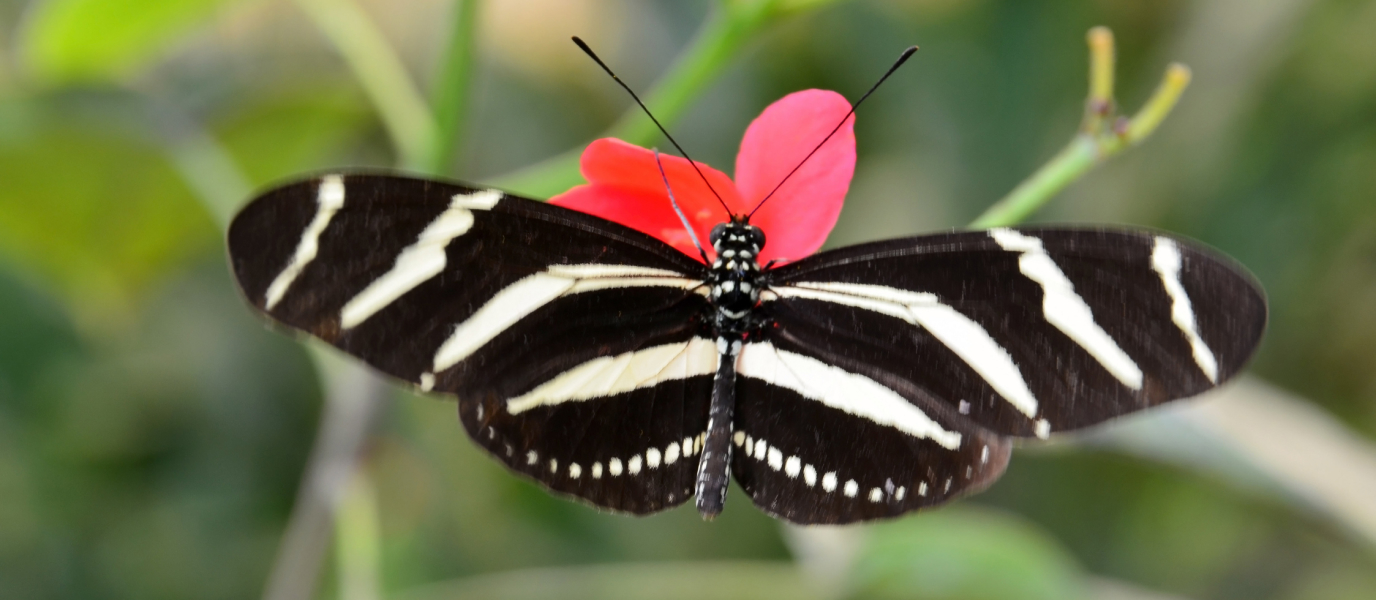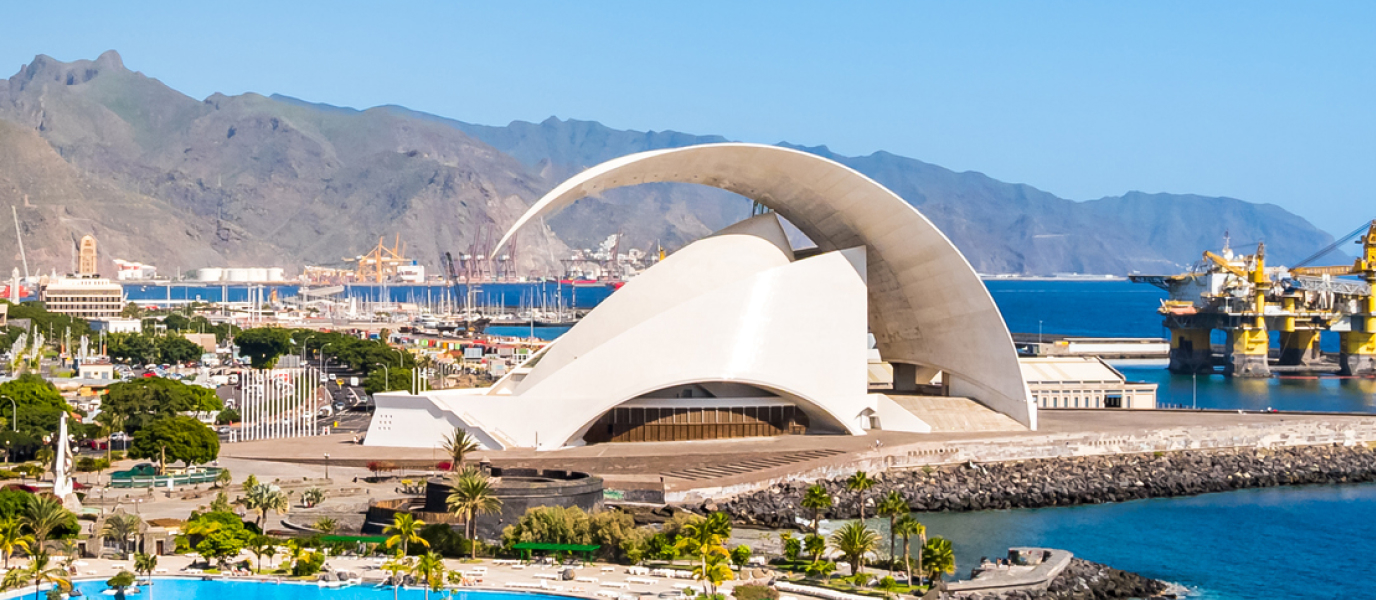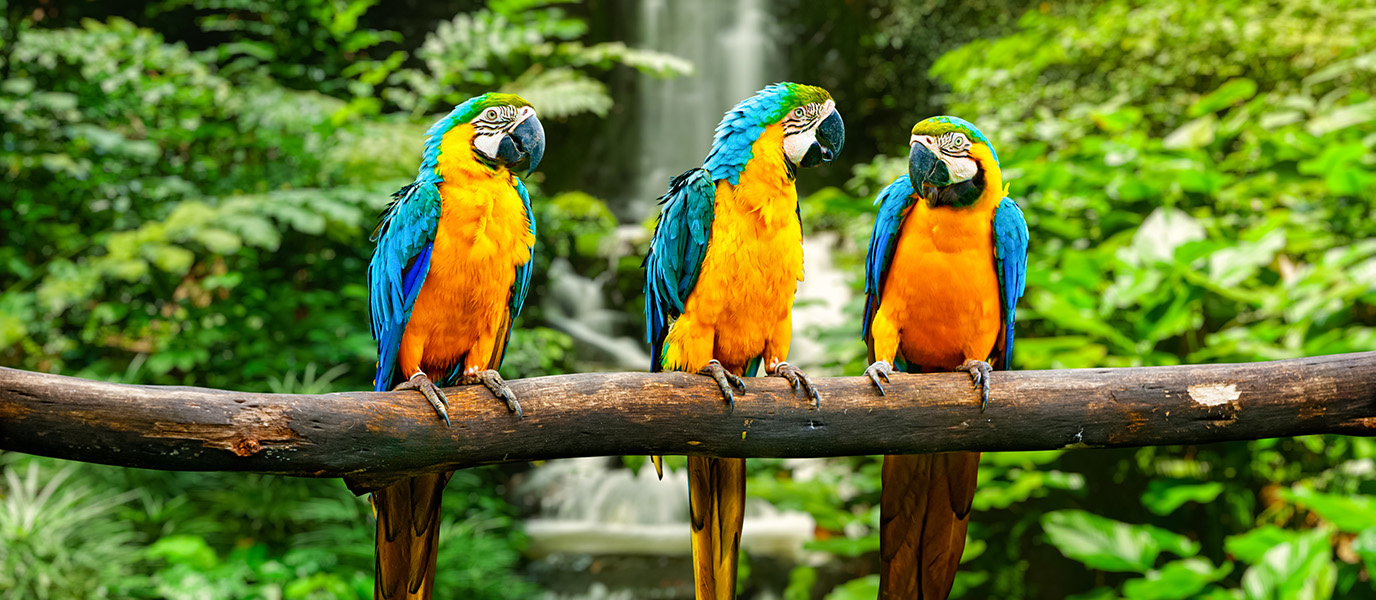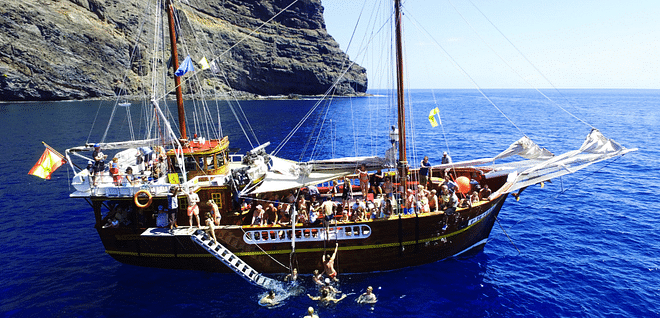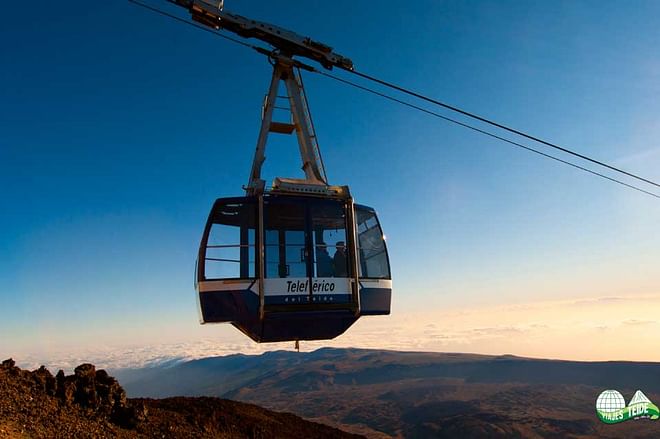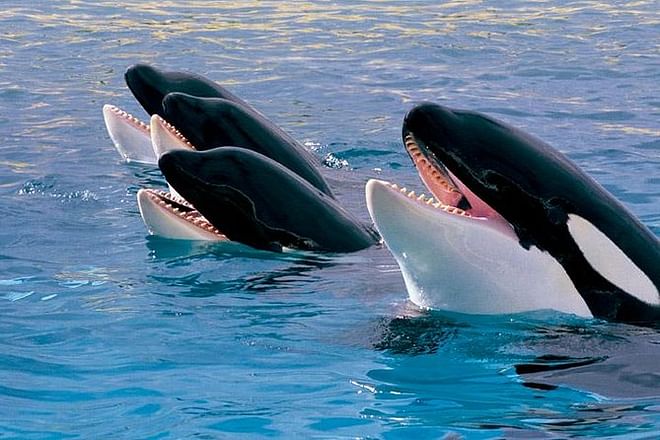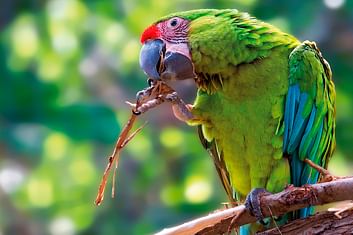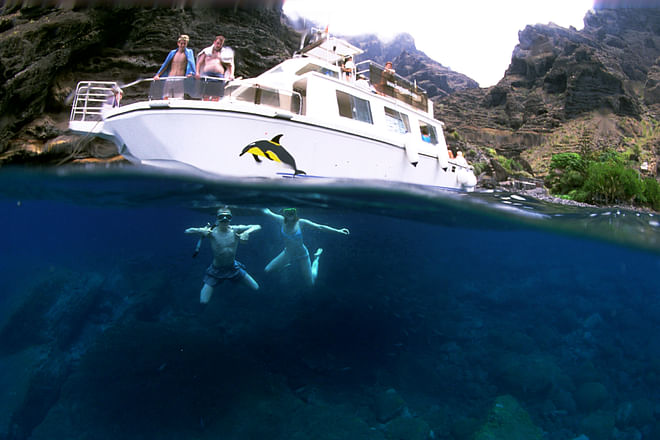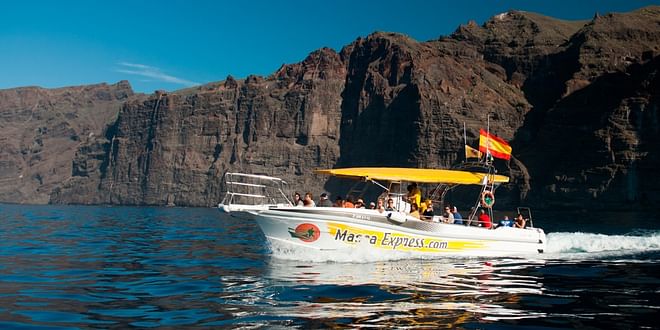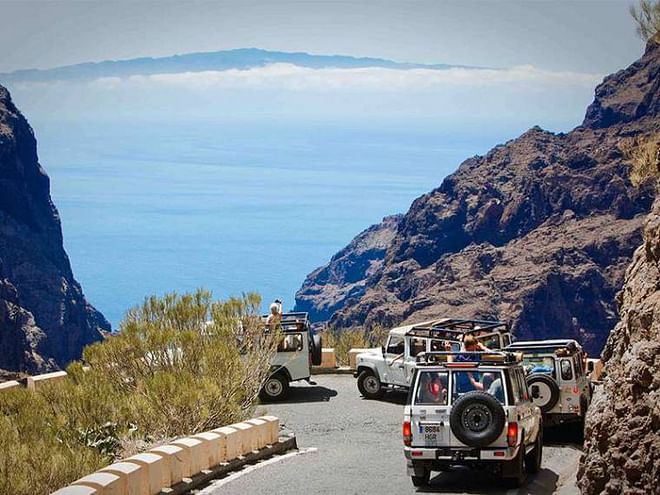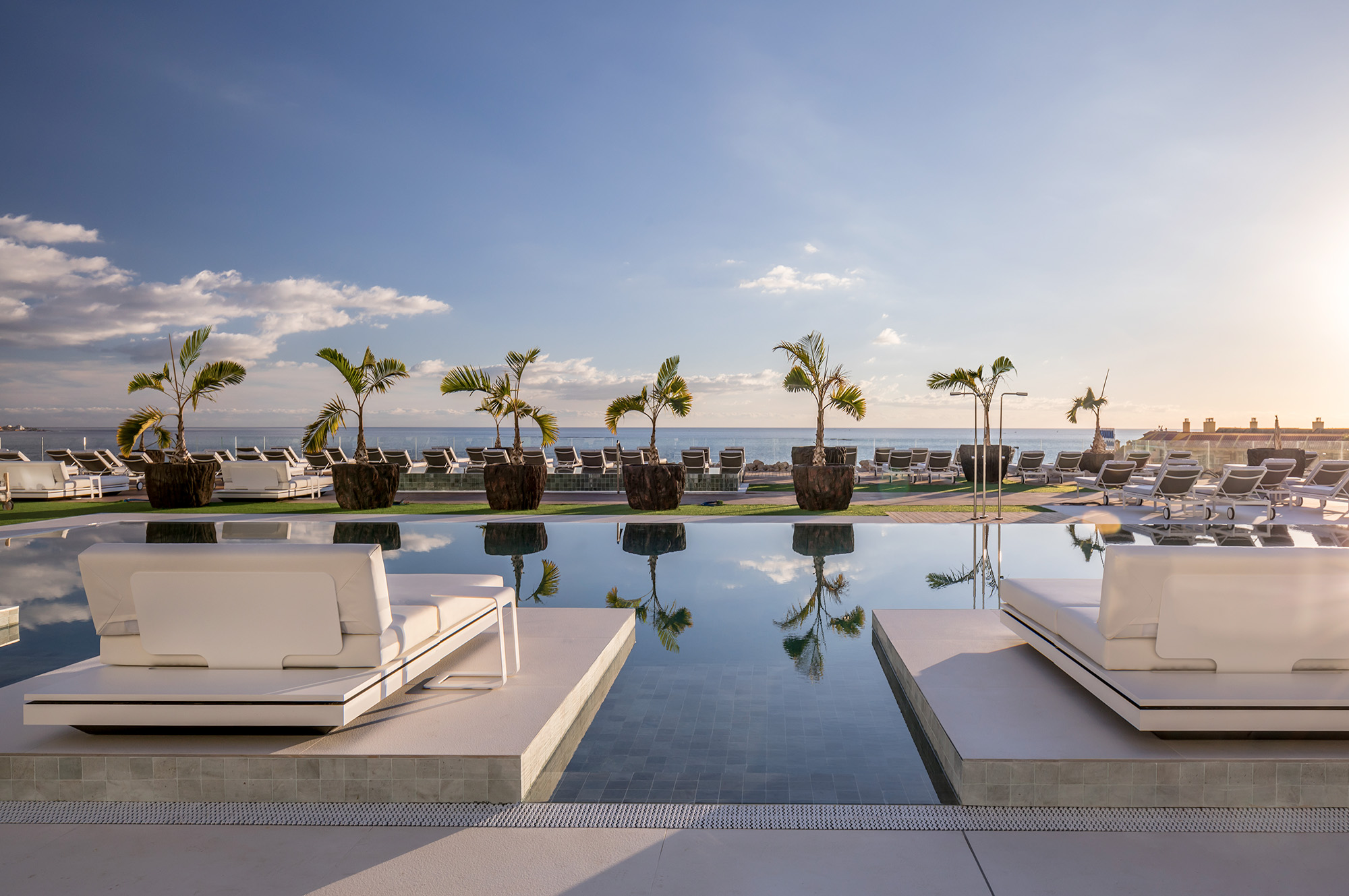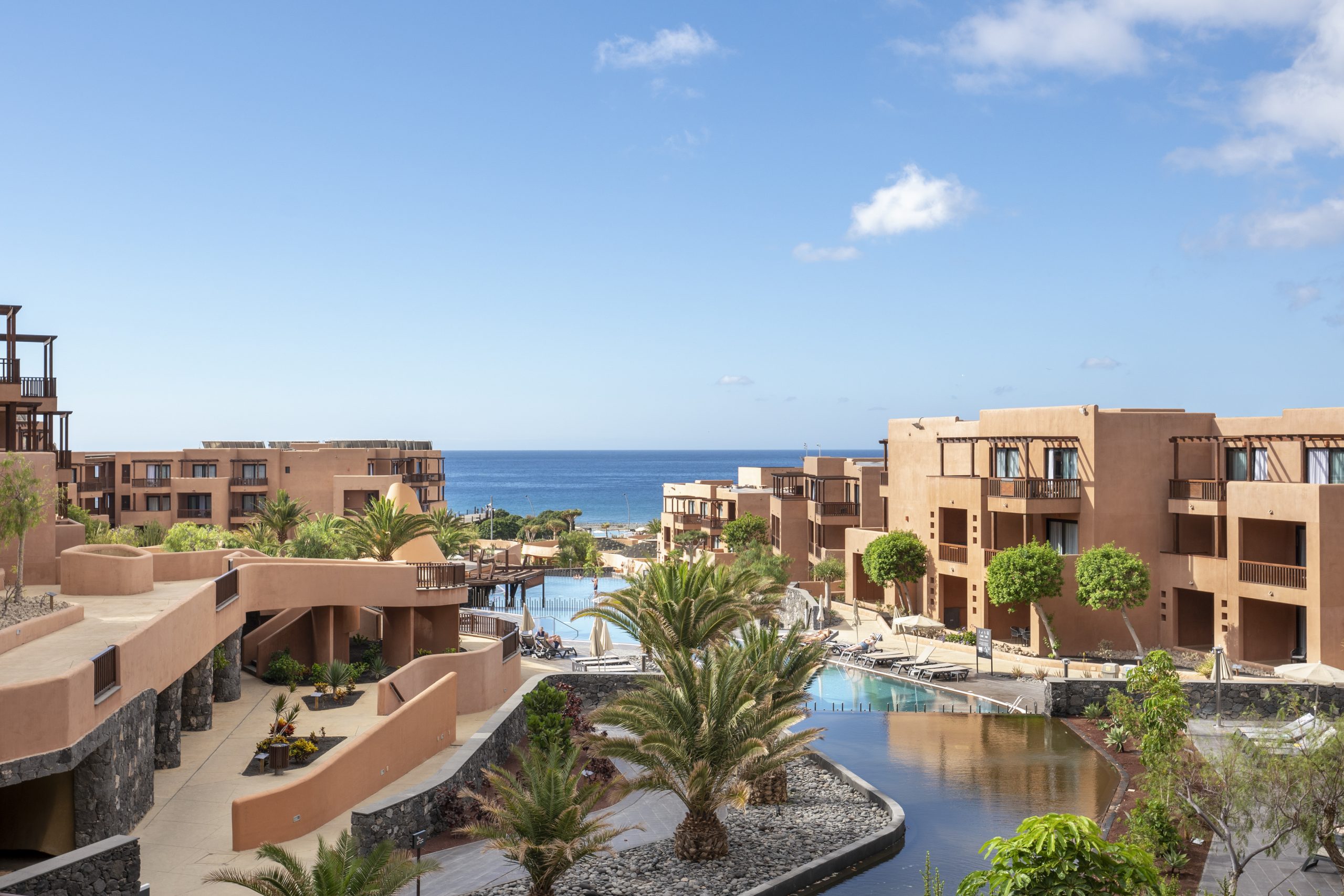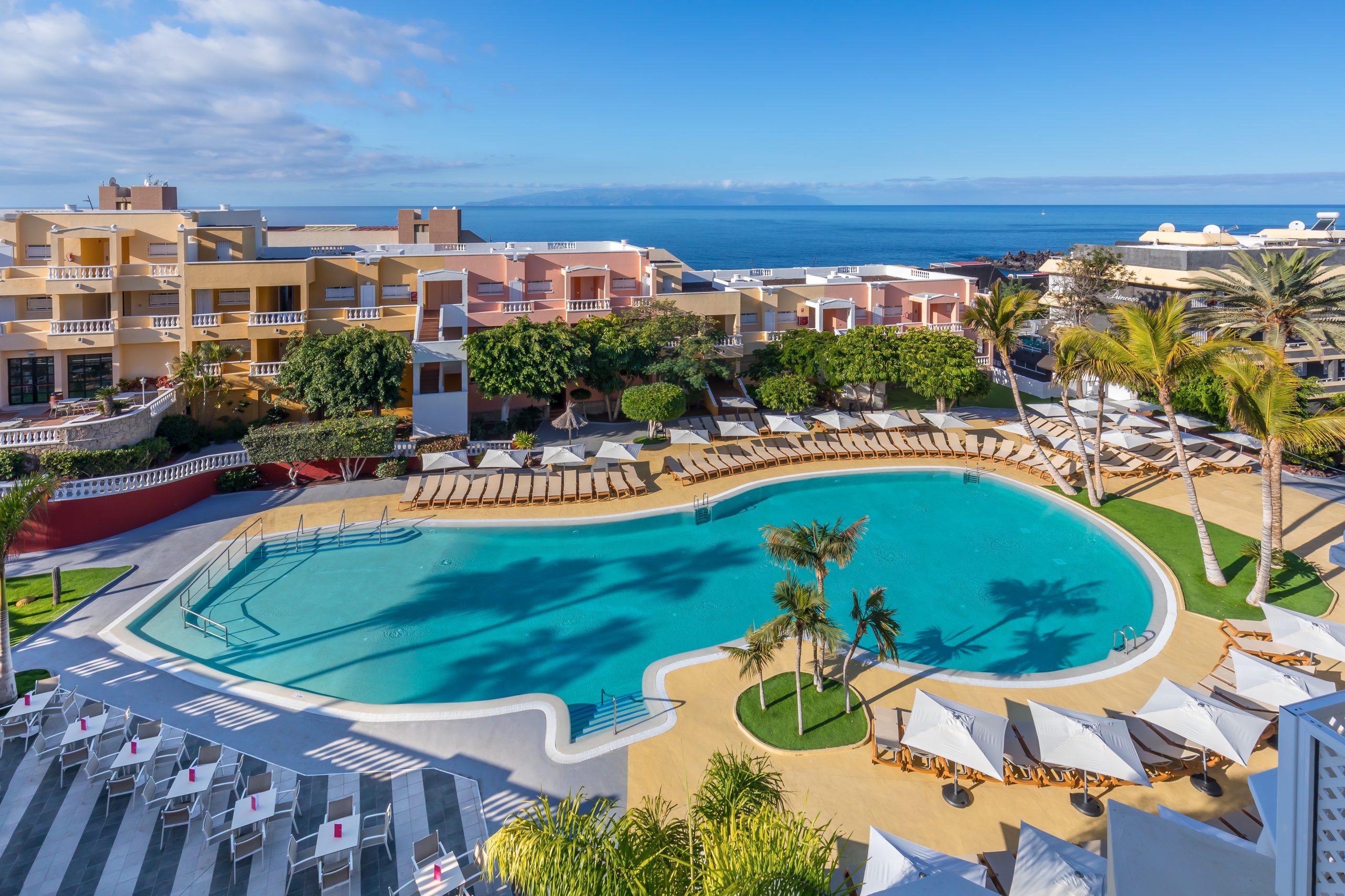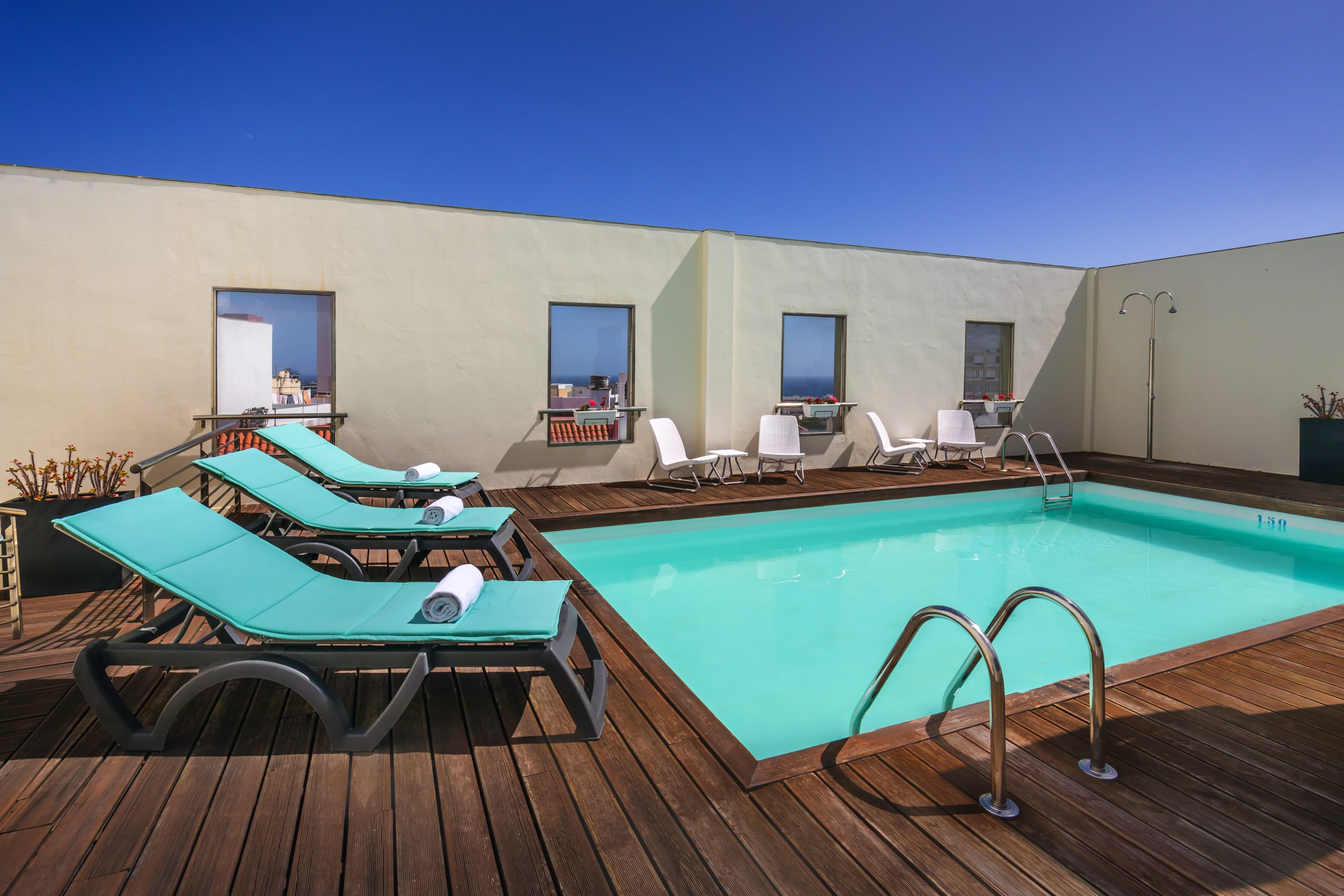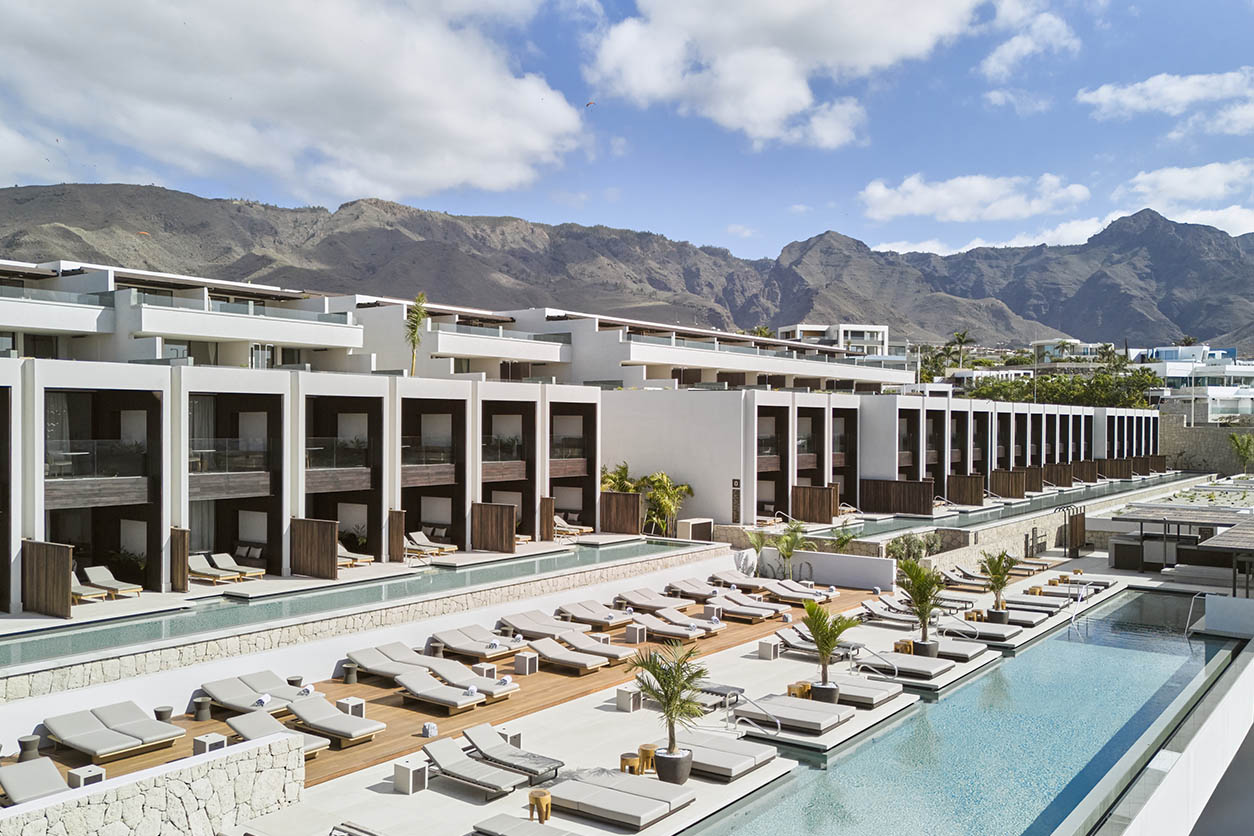The Drago Butterfly Park [Mariposario del Drago] is one of the biggest surprises that await those who visit Icod de los Vinos not knowing much else about the town other than that it is home to a famous, over 800-year-old dragon tree: the Drago Milenario.
In fact, the Drago Butterfly Park is situated next to this huge tree that has been growing right in the middle of the town’s historic quarter for hundreds of years. The butterfly farm was opened in 1997 and, ever since, this veritable sanctuary of beauty and biodiversity hasn’t ceased to attract fans of nature and butterflies.
The Drago Butterfly Park: what it is
The Drago Butterfly Park is an enclosure, much like a greenhouse, in which dozens of exotic plants live side-by-side with over 800 specimens of butterflies, all from diverse parts of the world. The total number of butterflies is approximate, as new butterflies hatch on a daily basis, as well as die. In fact, it’s worth noting that the life cycle of these insects does not usually exceed three weeks once they have emerged from their chrysalis, a type of silk cocoon.
The existence of exotic plants is fundamental to ensure the survival of these creatures, as they feed off of their flowers. That said, the keepers of the Drago Butterfly Park do supplement their food with special nectar for butterflies.
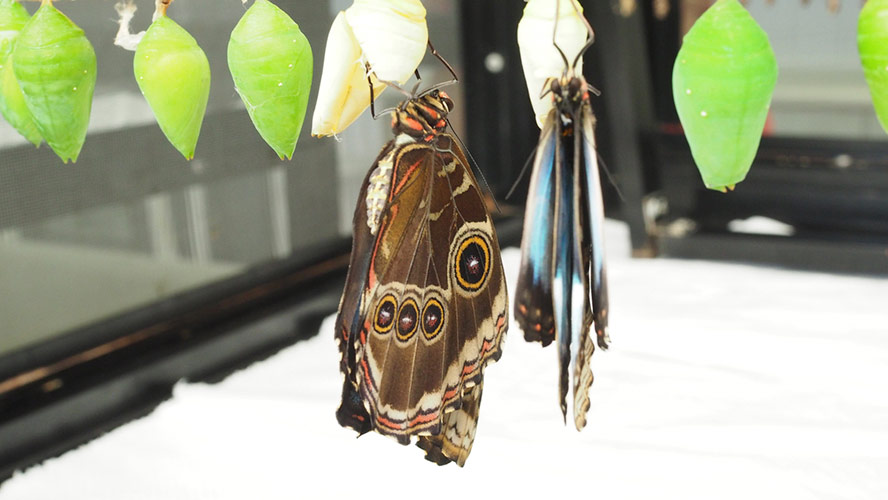
One of the most interesting things about the park is that some 150 different species live harmoniously alongside one another and that there is no type of conflict between them. Thus, each butterfly finds its place and develops its own full life cycle within the Drago Butterfly Park.
Tenerife’s Butterfly Park: how it works
As part of a sustainability project, the Butterfly Park is supplied, for the most part, by the Centro Entomológico del Norte [CEN, Entomological Centre North], a butterfly farm located on an estate spanning some 13,000 square metres. The butterflies are bred on the farm before being transported to the Butterfly Park during their chrysalis stage.
The CEN undertakes important work for the conservation of these types of insects, which they supply to various centres in Europe, including the Benalmádena Butterfly Park in Málaga, the Faunia centre in Madrid and London Pupae Supplies in London.
Once the chrysalis arrive at the Butterfly Park, they are placed in the corresponding area according to their geographical origin until they hatch. This is precisely one of the main attractions of the centre; visitors can observe, on a daily basis, the whole life cycle of the butterflies that live in the park: eggs, caterpillars, chrysalis, adult stage fertilisation, laying eggs and death. What’s more, the butterflies can fly freely throughout the whole enclosure, which is maintained at a constant temperature and level of humidity (80 per cent relative humidity and between 24º and 29º C).
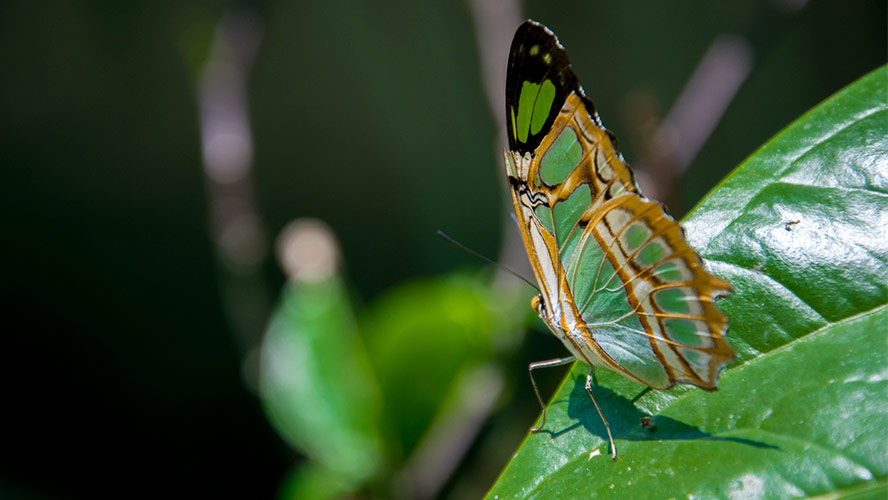
Butterfly species and origins
Although the Drago Butterfly Park houses butterfly species from practically all over the world, there are four main groups, categorised according to their place of origin and way of life:
- Butterflies from Africa: There are some 20 species of African butterflies in the Drago Butterfly Park, all with truly striking colours. Among them, of particular note are specimens of Papilio ophidicephalus (or emperor swallowtail), whose size reaches 12 centimetres.
- From the Americas: In total some 34 species from the Americas live here, among them the famous monarch butterfly (Danaus plexippus), whose migration between Canada and Mexico is a genuine feat of nature.
- From Australia: In the Drago Butterfly Park there are some 45 species of Australian butterflies, which are, without a doubt, among the most spectacular on the planet, such as Ornithopera priamus and Papilio xuthus.
- Nocturnal butterflies: There are some 14 species of nocturnal butterflies in the centre. They can be observed throughout your visit, although almost always in a state of lethargy. Some of the most striking are those from the species Actias selene and Actias luna, which resemble the leaves of plants.
Sustainable development and conservation
Sustainability in the Drago Butterfly Park is not just important to the centre, it is its signature feature. As a principle, none of the butterflies that it houses has been captured from the natural environment. In other words, all of them have been bred in captivity, either in the butterfly park of the CEN itself (approximately 70–75%) or by legal breeders (in many cases farmers with few resources) in their countries of origin.
In fact, the World Wide Fund for Nature has included these types of projects in their nature conservation programmes in countries with great ecological diversity but a high rate of deforestation. According to the international organisation, involving the local community in the breeding of butterflies helps them to recognise different species, their value and the importance of conserving their habitat.
As was already mentioned, butterflies are brought to the centre during the chrysalis stage. This not only facilitates their transportation but also respects their life cycle to the fullest and guarantees their survival.




































































